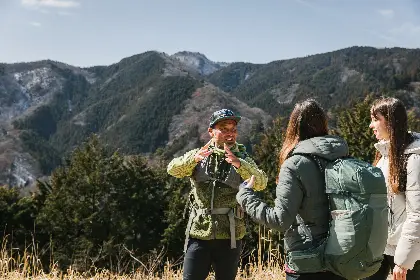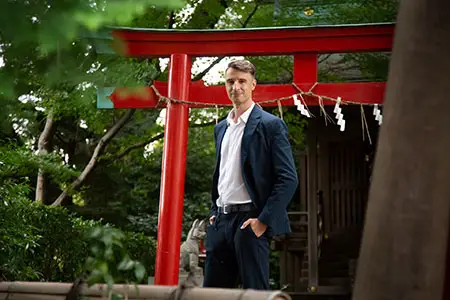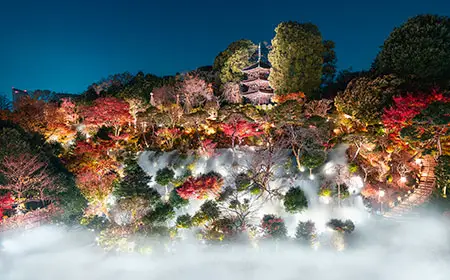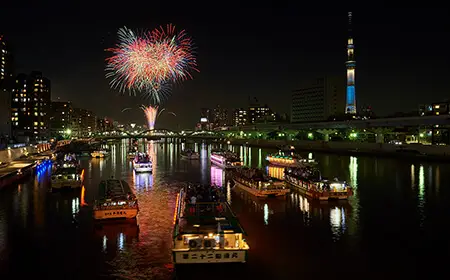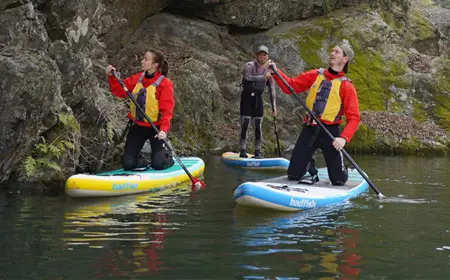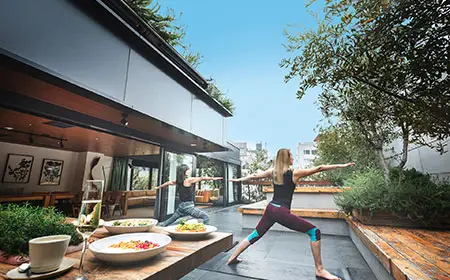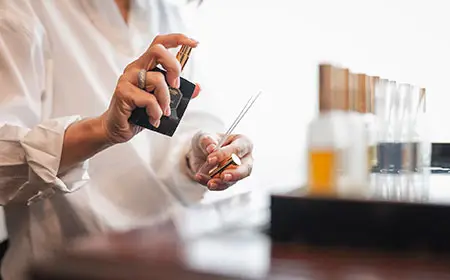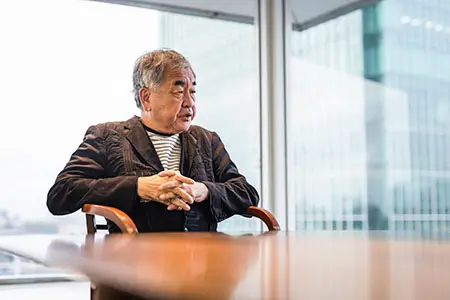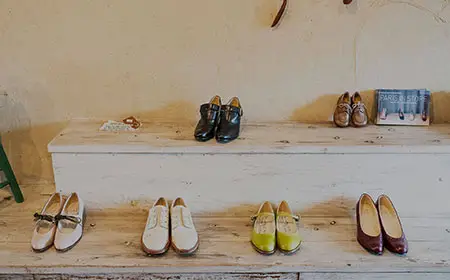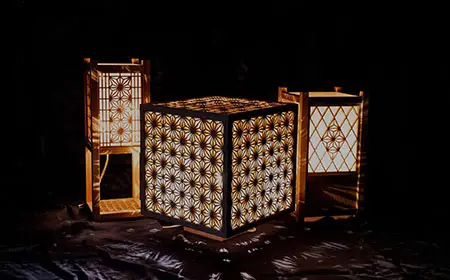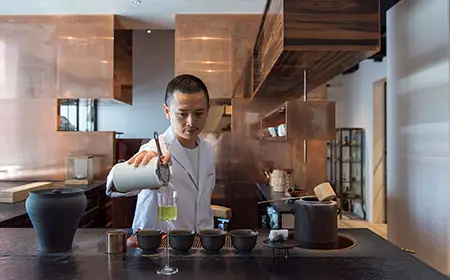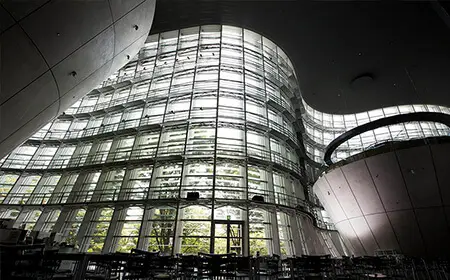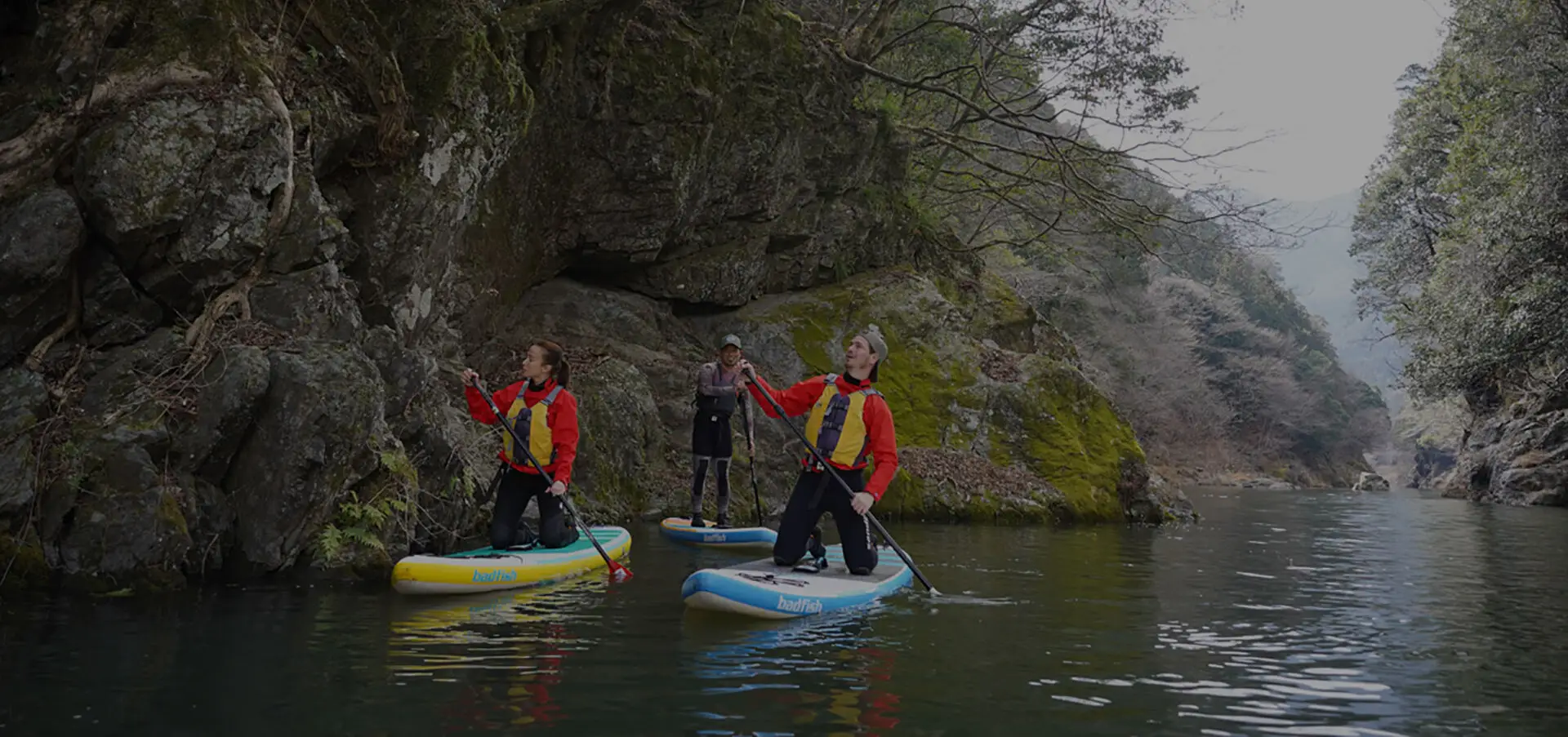
GETTING ACTIVE ON THE WATER IN WESTERN TOKYO
For an adventure amidst verdant scenery, journey to the forested Okutama region in western Tokyo, where pristine waters form the base for a variety of exciting activities. Kayak or try stand-up paddleboarding (SUP) down the river to explore the area. But water sports aren't the only things to do here - brimming with lush nature, Okutama is dotted with museums, temples, and shrines, where you can get acquainted with the local history and culture.
Getting Active on the Water in Western Tokyo
Tokyo is a densely populated, modern city with countless innovative and futuristic attractions. But the metropolis is also home to forested mountains and pristine rivers flowing through gorges. From central Tokyo, it is easy and quick to travel west to Okutama, a rural and scenic area offering a wealth of cultural attractions, water activities and a serene environment.
Arriving in Mitake, into a tapestry of rich green trees and surrounding mountains, the view makes it hard to believe that the area is only a 1-2 hour drive (or two-hour train ride) from central Tokyo. Conveniently located 60 meters from Mitake Station, River Base HALAU, in operation since 2012, is run by a dynamic outdoor duo: former slalom canoe Olympian Ando Taro and Masayuki Takahata, Everest mountaineer turned standup paddle competitor, who goes by the nickname Yacu. The men were motivated to set up the business by a dream to bring people outside to connect with nature through fun outdoor activities.
River Base HALAU, perched on the banks of the Tama River, provides stand-up paddle board (SUP) and kayak experiences, ranging from leisurely to extreme. Both Taro and Yacu are patient coaches for newbies to the sports, but for experts, it's nice to know that Taro is coach to the Japanese Olympic kayak team. The facility provides high-quality wetsuits, jackets, and shoes, as well as regulation helmets and safety gear to protect kayakers from white water.

Under the watchful eyes of Taro and Yacu, there is some freedom to roam and explore. There are vine swings looped over the river, and places where the sun speckles through the canopy, lighting the riverbanks in an effect the Japanese call komorebi (sunlight filtering through trees). The pair know all the secret spots and are perfect outdoor guides, pointing out interesting details about the river and the surrounding area.
Thanks to the expert instruction, which is available in both English and Japanese, even beginners can quickly feel comfortable, even confident, on the board, and enjoy seeing some improvement during the two-hour session. Once off the board, a hot shower is provided, allowing you to enjoy the area feeling refreshed. And, if you would prefer a guide, Yacu can give a comprehensive tour of the attractions around River Base HALAU, too.

The riverbanks are gorgeous in every season. During spring, cherry and plum orchards fill with blossoms. The hot summer floods the river with trout and the fields with citrus, two crucial ingredients in local culinary offerings. In fall, the foliage turns red and can be viewed while imbibing on a local brew or sake.
The Mitake area is as abundant in nature as it is in history and culture, creating a fascinating environment for a day trip or overnight stay, with plenty to see and do.
The water that flows in from the surrounding regions supported Tokyo's first settlers, which led to the establishment of a shrine and pilgrims' lodging that remain to this day. Sitting atop a mountain, Musashimitake Shrine features intricate murals, carvings and statues, while the pilgrims' lodging Higashibaba offers traditional Japanese meals and accommodations consists of buildings that are 150 years old. The current 14th head of the family and his son are both Shinto priests, a position that has been inherited for generations since 1659. The natural springs around the area are also a key ingredient used by some of Tokyo's best sake breweries, including Ozawa Sake Brewery along the Tama River, which offers tours.
Other attractions include Kushi-Kanzashi Museum, which houses an impressive collection of artistic hair ornaments once worn by geisha and wealthy women, and Gyokudo Art Museum, where works by nihonga painter Kawai Gyokudo can be viewed.
With examples of rich culture and history around almost every corner in the scenic Okutama area, it is possible to relax and take it all in.







